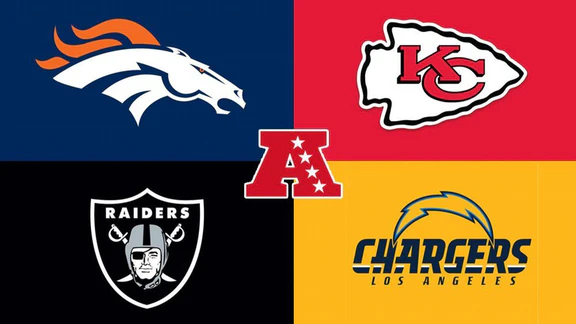
Welcome to my new series, where I will take a deep dive into each NFL division, looking at what mattered in 2019, which of course shapes what will matter in 2020. This series will provide in-depth, team-by-team analysis on coaching, offensive lines, running games, and passing attacks. I grabbed my advanced stats and metrics from Player Profiler, Pro Football Focus, Football Outsiders, and Sports Reference.
Watch for updates during Training Camp/Preseason.
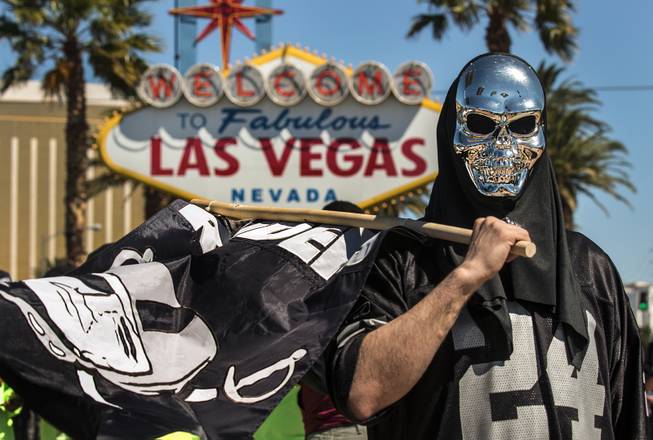
Las Vegas Raiders
Coaching
Jon Gruden’s offenses have historically skewed towards the league average when it comes to plays-per-game and pass-to-run ratios. It has been pretty hit or miss which way he will lean from season to season, with about half his seasons finishing in the top 50% of NFL teams in terms of rushing and passing attempts.
Offensive Line
Gruden and Mayock prioritized the offensive line, and it has paid off so far as the Raiders had one of the best O-lines in the NFL last season. They ranked sixth in both adjusted line yards and adjusted sack rate in 2019. Kolton Miller took a major step forward, and if he continues to improve — and Gabe Jackson gets better from his down season last year — then the Raiders can make a strong argument for having a Top 3 O-line in the NFL.
Running Game
Josh Jacobs was awesome in 2019 as a rookie finishing seventh in the NFL in rushing yards despite playing through a shoulder injury and missing three games. The efficiency metrics back it up. Jacobs ranked 11th in breakaway run rate, eighth in evaded tackles, sixth in juke rate, and sixth in yards created per carry. Holding Jacobs back from top five RB status was his receiving usage. Despite coming out of college known to be a smooth receiver out of the backfield, the Raiders only gave Jacobs 27 targets. Mayock and Gruden decided to resign Jalen Richard and draft jack-of-all-trades Lynn Bowden in the third round of this year’s draft. Concerning for Jacobs’ receiving usage the Raiders drafted and listed Bowden as an RB instead of as a WR. This offseason there have been early rumblings that his receiving usage will increase in 2020 and that Jacobs was held back last year to allow him to improve his blocking assignments. Jacobs is an RB1 with the scale sliding on what receiving usage he gets.
Passing Game
With the offensive line improving, QB Derek Carr had arguably his most efficient season to date, setting career highs in completion percentage and yards per attempt. The issue is Carr’s conservative game. He has ranked in the middle or more toward the bottom of the league in deep ball attempts per game under Gruden despite being average and above average in completing those deep passes. A lot of that may be because of the subpar pieces around him. Carr has an athletic tight end, a small slot wide receiver, and Tyrell Williams as a stretch receiver, but no true “go to” target. According to Josh Hersmeyer, ADOT is more a result on the wide receiver than the quarterback. This seems to line up as Williams’ ADOT was close to the same with Carr in 2019 as it was with Phillip Rivers in both 2017 and 2018.
After focusing on the defensive side of the ball in free agency, the Raiders prioritized offense in this year’s draft. The Raiders were able to take their guy at the WR position by selected Henry Ruggs at 12th overall as the first WR off the board. Ruggs has limited college production at Alabama but has elite speed running a 4.27 40 at the NFL combine. It will be interesting to see how Gruden deploys Ruggs but the early indications are that he is viewed as more of a Tyreek Hill YAC guy than a DeSean Jackson tracking the ball deep guy.
In the third round they selected both Lynn Bowden who they have decided to declare as an RB, and Bryan Edwards. Edwards is a large possession WR, while he broke out as a true freshman he never dramatically improved his season totals through his career in college.
Darren Waller is the team’s de facto number one WR after leading them in targets receptions and yardage posting a 90-1,145-3 line. However, with all the added target competition Waller could find it difficult to repeat those totals. In the second half of the season with just Hunter Renfrow inserted into the starting lineup and Waller saw a 5% decrease in target share. With multiple weapons operating in the same shorter areas of the field they saw a near even split in targets. Waller’s best way to offset this production would be in the TD department.
Hunter Renfrow according to PFF ranked 10th in yards/route run. In his final 7 games he totaled a 35-490-4 line, while unlikely to happen that would total a 80-1,120-9 line. Tyrell Williams is very good at what he does but trying to make him your #1 WR will not work. A tall explosive field stretcher, Williams has not earned more than 69 targets in a season since his 2016 breakout with the Chargers that lacked true target competition for him.
With all the added talent and possible rotation of these WRs, it is not recommended to draft any of them as more than just a bench stash to see what their upside truly is.
Possible Downsides
The offensive line takes a step back and the coaching staff still does not trust Jacobs to play on obvious passing downs and gives the work to Bowden and Richard.
The Raiders drafted 3 players who can eat into this team’s passing production. This helps Carr overall with the influx of talent, but they should keep each other from being truly viable starting players outside of deep leagues.
Draft analysis
We will have to wait and see but the early consensus is that the Raiders botched their first two picks (especially the second first rounder at 19) but finished strong afterwards.
Their first selected was Henry Ruggs who they chose over Ceedee Lamb and Jerry Jeudy, who are believed to be in a tier of their own as far as the WR prospects go in this year’s draft.
Then they shocked everyone by selecting Damon Arnette at number 19 when he was graded as a third-round prospect.
In the third round they found good value in back to picks with the electric Lynn Bowden who played QB, RB, and WR in college while also being a standout return specialist and then Bryan Edwards who slid down draft boards due to injury concerns.
In addition, they added OG John Simpson from Clemson giving them a quality back up option or the flexibility to possibly trade Gabe Jackson.
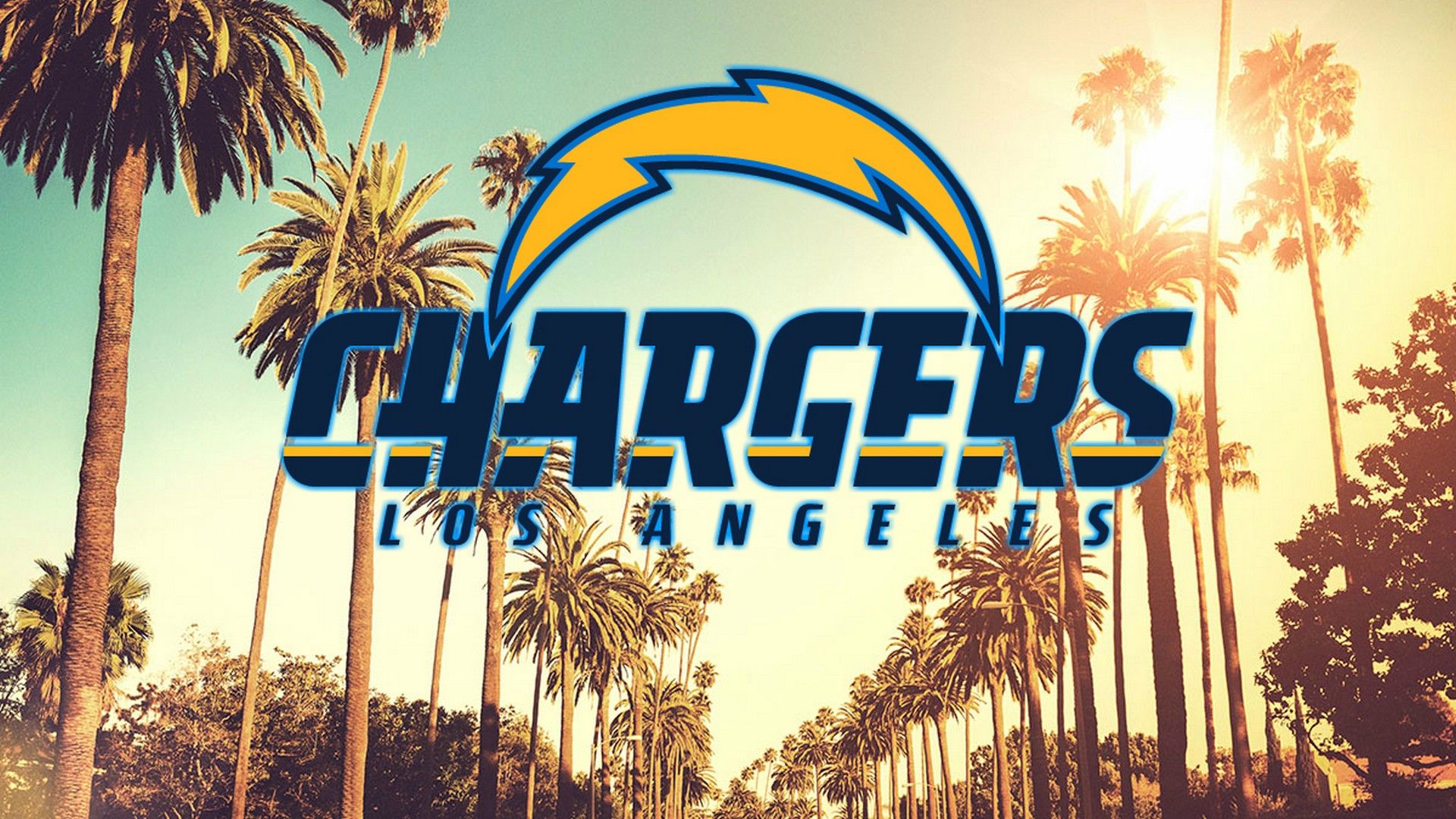
LOS ANGELES CHARGERS
Coaching
Anthony Lynn’s Chargers have been one of the slowest-paced teams in the league since the team hired him as head coach. The Chargers consistently run below-average plays per game. Based on his first two seasons as HC, it seems that Lynn prefers a league average to below average pass-to-run ratio. Last year’s team was so banged up, they under-performed and had no choice but to throw more.
Offensive Line
The Chargers’ offensive line was one of worst in the league last season, especially after Russell Okung‘s injury for the final 10 games of the season. Only one other tackle duo allowed more pressures than the Chargers, and as a whole they allowed the seventh-most quarterback hits. They were also bottom six in rushing yards before contact. Los Angeles has done well so far in upgrading their offensive line this offseason, trading Okung for Trai Turner and signing free agent Bryan Bulaga to fortify the right side of their line.
Running Game
Austin Ekeler was a revelation during the first four weeks of last season, scoring six touchdowns before Melvin Gordon came back from his holdout. The only game Ekeler had over 17 carries was the game where both Gordon and Justin Jackson were out. When Jackson was there the first three weeks, Ekeler averaged 12.7 carries per game. This is the most likely outcome for Ekeler as the starting running back for the Chargers. So much of Ekeler’s value comes from his pass-catching work. As a receiver, he put up a 92-993-8 line. There are a confluence of things that could work against him in 2020. Ekeler scored eight receiving touchdowns and no other back on the team had more than five, so that is likely to come down. Ekeler also had 108 targets, which should also come down just from team volume plus a running quarterback in Tyrod Taylor. Who’s to say with Taylor vs. Phillips Rivers that Ekeler catches 85%+ of his passes again? While some people may have the beginning of last season in thier mind and draft Ekeler as a higher-end RB1, it would be prudent to have him as more of a mid-range RB1 for 2020.
Passing Game
The Chargers selected Justin Herbert with the sixth overall pick but is initially expected to ride the bench in the early going and if the Chargers have their way, his entire rookie season.
In Taylor’s three seasons starting for the Buffalo Bills, he averaged a 94-525-5 line as a runner. To put that into perspective, Arizona QB Kyler Murray posted a 93-544-4 rushing line and had a top 12 quarterback finish in 2019. Coach Lynn served as Taylor’s OC in 2016 so there is familiarity there, and Taylor finished as a top ten fantasy quarterback that season. If Taylor were to start the entire season, this offense has the look of a slow, conservative offense, and Taylor would be hard pressed to attempt 500 passes, something he has never done.
WR Keenan Allen enters his contract year with a big downgrade at quarterback for 2020. He takes what is probably the largest hit to his 2020 value going from a mid-range WR1 to more of a WR3 with lowest projected volume since his rookie season.
WR Mike Williams is more of a bench player and DFS play now with Taylor under center. His projections have him just making the top 50 WRs for 2020.
TE Hunter Henry moves from a top 5 or 6 tight end to a back-half TE1. There is a higher ceiling possible with Henry since Taylor did seem to favor Charles Clay in his Buffalo days. This could make Hunter the second or third-highest targeted player on the team, further plummeting Williams’ value.
Possible Downsides
The downside situation for the Chargers is more of a ying and yang situation. If Los Angeles does not draft a quarterback, then Taylor is pretty cemented as the starter, giving fantasy gamers a solid Konami code breaker. If they do draft a quarterback, then you’re looking at a possible Baker Mayfield situation from 2018 where that player would come in and actually boost the overall offense.
Another downside situatiojn would be if the offensive line experiences more injuries and is even worse than last season.
Finally, if the Chargers draft a bell cow running back, Ekeler’s rushing role would likely return to the secondary carrier. Even if the Chargers don’t select a top running back in the draft, it is entirely possible that Ekeler cannot hold up with an increased workload over the course of a full season.
Draft analysis
Herbert is athletic with a strong arm but lacks consistent accuracy, and never truly blew you away at the college level. For 2020 it does not like Herbert is going to make a huge fantasy impact either for himself or the weapons around him.
LAC then decided to trade up to 23 in order to select LB Kenneth Murray. Murray does project to be a good player but trading pick 71 and 37 for 23 seems like a price not worth paying for a LB.
In the fourth round they selected WR Joe Reed and in the seventh round WR KJ Hill. Their current WR3 is Andre Patton. Reed would be the guy to keep an eye on, standing 6’1 and 224lb he ran 4.47 and was an elite returner in college.
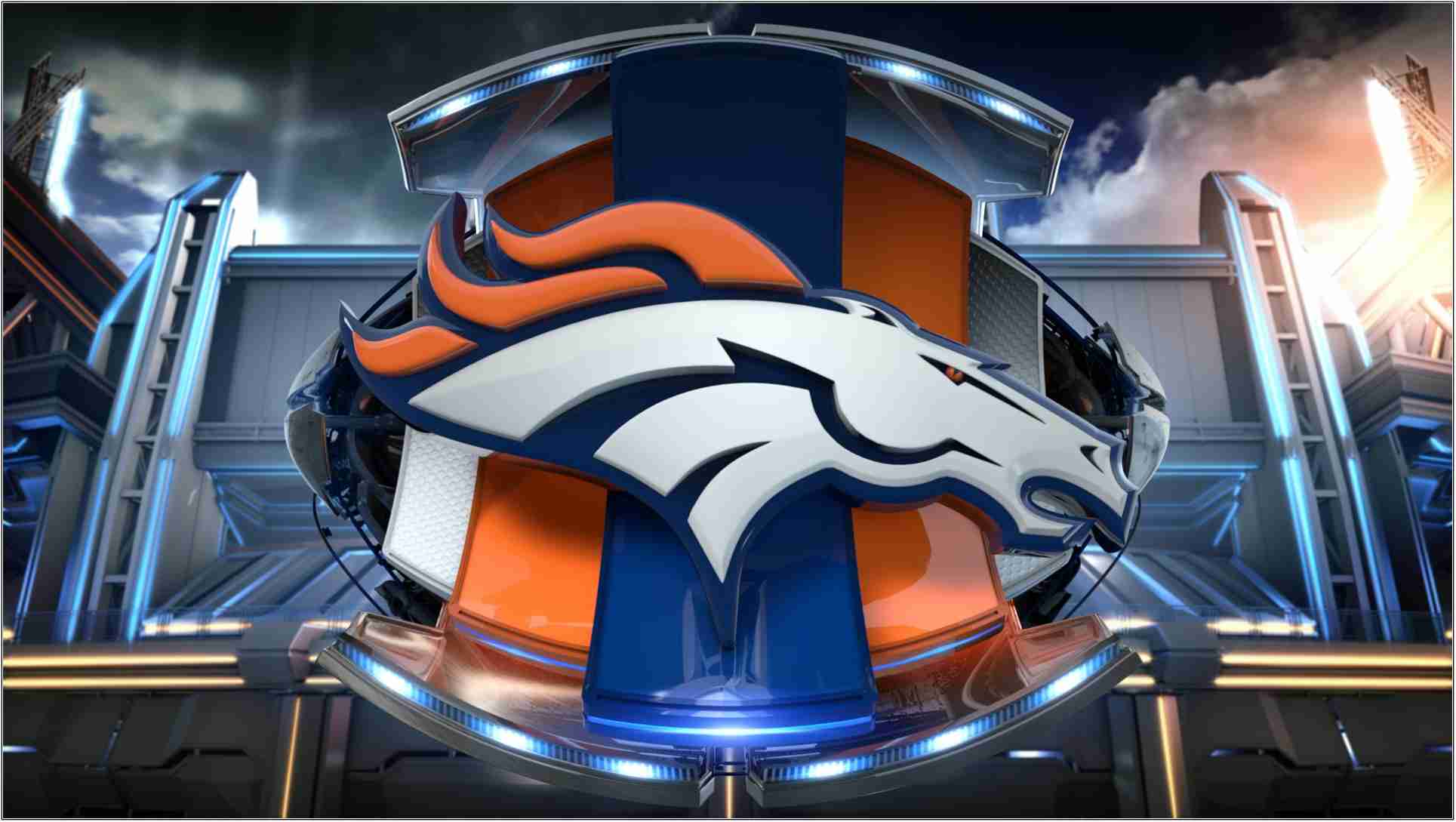
DENVER BRONCOS
Coaching
Vic Fangio leads the defensive side of the ball, but that “tough guy mentality” playing solid offense with hard-nose defense is sure to bleed over to the offensive philosophy. While Pat Shurmur has typically run faster-paced offenses, it is unclear if Fangio will allow that or if he will hand over the reins completely and trust that Drew Lock is his quarterback of the future. The Broncos ranked in the bottom ten of all pace statistics and the bottom five in total plays run in 2019.
Offensive Line
The Broncos’ offensive line underperformed last year in pass blocking, ranking 25th in adjusted sack rate. However, they did rank 11th in adjusted line yards. They have a chance to field a top ten unit in 2020 with the acquisition of Graham Glasglow to play center, returning Ja’Wuan James (who played just 63 snaps in 2019) to his more natural spot. Denver is also relying on the continued improvement of rookies Dalton Risner and Austin Schlottmann. If this line lives up to its potential, it would go a long way for Lock, new Broncos RB Melvin Gordon, and the defense’s ability to stay fresh and play at a higher level.
Running Game
The Broncos gave Gordon a two-year deal this offseason, potentially ruining the fantasy outlook for himself and Philip Lindsay. Lindsay started to pull away from Royce Freeman toward the end of last season. Perhaps that was just a test to see if Lindsay could be their workhorse running back. While rushing-wise Lindsay may have been equal to or more efficient than Gordon the last two seasons, he is undersized at 5’7″ and 185 pounds. He has not shown particularly strong receiving chops so far in his two seasons.
Gordon has not been very efficient throughout his career; he also did not receive particularly good offensive line play with the Chargers. He has not been a picture of health, playing just one 16-game season. With the negatives come the positives. Denver has a good O-line and Gordon is a superior talent to Lindsay, while also being the better passing option out of the backfield. In order to regain RB1 status, the Broncos would have to fade Lindsay out of the game plan. It is more likely they hand him 10-12 touches per game, limiting Gordon’s ceiling.
Passing Game
Drew Lock started five games and was not very impressive outside of the game against Houston. The Broncos would do well to use his above average athleticism adding another dimension to their offense. Slow pace and low volume require extreme efficiency that the Broncos offense will not provide.
Courtland Sutton enjoyed a breakout season putting up a 72-1,112-6 line and still has room to grow. Sutton posted a 24.5% target share in 2019 and that bumped up to 26% in the 5 games with Lock under center. Although he is an ascending player it is hard to see Sutton gaining much higher of a target share with the Broncos’ additions of Jerry Jeudy, KJ Hamler, and Albert Okweugbunam. Unless Jeudy is a complete bust the new target competition added to this seam has now projected Sutton to more of a WR2/3 than the possible WR1 we thought could happen.
Jerry Jeudy the 15th overall pick was a standout in the luxurious line of Alabama WRs. Jeudy is an elite separator and while he does compliment Sutton extremely well some may have wanted someone opposite him who would not command as many targets. Jeudy projects as a just outside top 50 WR for 2020 but obviously comes with huge upside if the Broncos either decide to run an up-tempo passing offense or if Sutton were to get injured.
KJ Hamler is a speed demon slot WR who will have a hard time commanding enough targets to be a fantasy asset but he could take away just enough to keep Jeudy and Sutton’s ceilings from rising.
Noah Fant is just the fourth tight end over the last decade to put up over 550 yards in his rookie season. While Fant’s target share dropped with Lock under center, he seems primed to be the number two option right now behind Sutton in this passing game. Fant is a top 15 tight end, with the total team volume likely holding him back from a higher ceiling. Note that Fant is at the highest end of the athleticism profile spectrum for tight ends. They did add Albert O in the draft but like we saw with Fant, rookie TEs do not come into the NFL and just light it up.
Possible Downsides
The offensive line gets hurt again.
Gordon is still inefficient (remember, he only has one season over 4.0 yards per carry), or he misses time again.
The Broncos WR and TEs just cannibalize each other’s production.
Lock just isn’t good enough.
Draft analysis
The Broncos allowed Chris Harris to walk but then traded away two draft picks this offseason to acquire AJ Bouye and Jurrell Casey in order to beef up Vic Fangio’s defense.
They then spent four of their six picks in the draft to help Drew Lock and their offense. At pick 15 they selected Alabama star Jerry Jeudy and then turned around to select KJ Hamler in the second round. Jeudy is a master of creating separation while Hamler is a speed demon vertical threat out of the slot. The Broncos now could possess one of the best young WR trios in the NFL with these two players added to Courtland Sutton.
They already have TE Noah Fant on the roster, Elway decided to take Albert O in the fourth round giving them two athletic freaks at TE. While Fant is clearly the TE to own here and is expected to take that leap into TE1 status, Albert O ran the same 40 time while being two inches taller and weighing twenty pounds heavier.
While they clearly need an upgrade on Garrett Bolles at LT, the decision was made to try and improve the offense through skill position players. Although select in the third round LSU C Lloyd Cushenberry who will receive a shot at securing a starting job on the interior part of the offensive line.
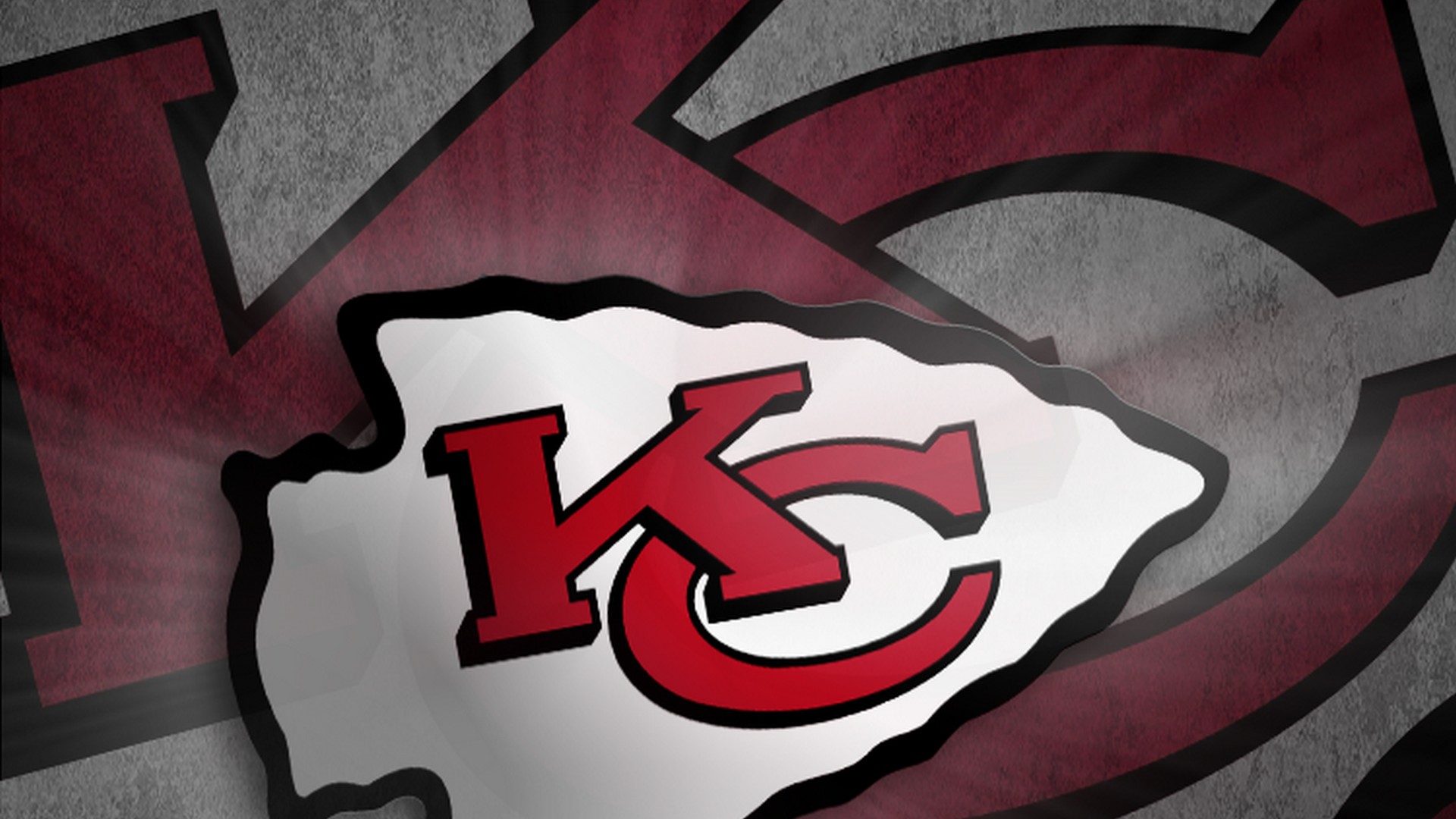
KANSAS CITY CHIEFS
Coaching
Andy Reid is an offensive wizard and the Chiefs were top twelve in pace of play, particualry until they get a lead. Since QB Patrick Mahomes became a starter, the Chiefs have consistently played extremely aggressively in the first half of games and slowed down thier pace in the second half of games. One of the best play callers and offensive minds in the game, Reid consistently churns out productive fantasy seasons for his players.
Offensive Line
Kansas City’s offensive line was very good as a pass blocking unit, rating fourth in adjusted sack rate and allowing a pressure rate only faster than the first-place Saints. However, run blocking was a completely different story; the Chiefs were bottom six in adjusted line yards, and three of their starters ranked under 60 in that regard, per PFF.
Running Game
Superbowl star Damien Williams has now gone on tears to end both the 2019 and 2020 seasons. While on that run in 2019, the Chiefs rewarded him with a contract extension. Interestingly, however, their actions thus far have proven that they do not completely trust Williams to be their workhouse unless there are no other options available. In 2019 they traded for LeSean McCoy and now in 2020 they signed DeAndre Washington and now drafted Clyde Edwards-Helaire with their first-round pick.
By using first round draft capital on a RB in CEH, the Chiefs clearly view him as a possible upgrade on Damien Williams. CEH was an elite receiving option in last year’s LSU offense catching a ridiculous 55 passes and fits this offense perfectly. Andy Reid even came out and said he views him as a better Brian Westbrook, while it’s said that Mahomes said this was the one player he wanted in this draft no matter what. If CEH clearly pulls away from Damien and is able to command workhorse usage he is a shoe in for a top 10 RB season with top 5 overall upside.
Passing Game
Mahomes is the best quarterback in the NFL. He was ready to light the NFL on fire again early in 2020. However, a nagging sprained ankle and a dislocated knee cap forced him to miss two games and slowed him down when he returned. Ravens QB Lamar Jackson is now the unquestioned overall QB1 due to his rushing prowess, but don’t be surprised when the gap between the two shortens this season. Or, depending on your scoring format, if Mahomes outperforms him.
Tyreek Hill previously had large home/road splits. Last season in the games he did play (remember, he missed five games due to a shoulder injury), the speedy wideout was much more consistent. But again, due to his own injury and the injury to Mahomes, his upside was capped. One thing to possibly worry about is the Chiefs defense, which really improved down the stretch last season, lowering both Mahomes and Hill’s overall volume and limiting Hill to just two games over 70 yards in his final eight games including the playoffs. All that being said, Hill is one of the few receivers who can outscore and finish as the WR1 overall over Michael Thomas.
Travis Kelce finished his season as the overall TE1 for the second consecutive year. He has also been a top 10-15 WR during that span giving people who draft Kelce a distinct advantage. This is especially true since WR1 production has been slipping with the increased use of three-WR sets across the NFL. Kelce finished the previous two seasons with eight and 10 TDs, but regressed to just five last year despite putting up his second-best yardage and reception totals. Expect Kelce to get closer to that 8-10 touchdown mark this season with a fully healthy Mahomes under center.
The restructuring of Sammy Watkins‘ contract and the re-signing of Demarcus Robinson threw a wrench into the Mecole Hardman breakout. Assuming everyone stays relatively healthy, we should see similar roles for the Chiefs’ numbers 2-4 WRs (Chris Conley in 2018), giving them large spike weeks best suited for DFS and Best Ball rather than redraft leagues.
Possible Downsides
The only possble downside for the passing offense is injuries. So draft Mahomes, Kelce, and Hill with the utmost confidence.
Neither Damien or CEH standout and they operate in a full time 50/50 time share.
draft analysis
Having the best QB in the league your choices at the ends of each round are not the strongest but it does give you the ability to focus on filling needs vs. looking for overall value.
The Chiefs selected RB CEH with pick 32 who should pay immediate dividends as the best receiving back in this year’s class.
Second round pick LB Willie Gay will inject speed and athleticism to their front seven, he ran under a 4.5 40-yard dash.
In the third round they selected OT Lucas Niang who could be a steal if he can get past the medical concerns that teams had coming into the draft causing him to slip into the third round.
They also added a pair of corners trying to continue to patch up that secondary.
Things to note for the upcoming 2020 season
- Due to COVID-19, this much-anticipated rookie class could come out of the gates slowly.
- With the possibility of no training camp and fewer practices, veterans will have an edge, especially at wide receiver where typically you see rookie breakouts over the second half of the season (think Deebo Samuel and A.J. Brown in 2019).
- Teams installing new coaching staffs/schemes will be at a disadvantage with less preparation.
- Historical data shows that the average player who misses training camp will miss more regular season games than players who attend camp due to strength and conditioning programs.
Some notes on coaching
- Historically, head coaches have more of an effect on the offensive coordinator than the OC does on the actual offense.
- The amount of plays per game correlates more to the head coach’s history than an offensive coordinator. Historically, these trends tend to be very consistent from season to season.
- In their first seasons, head coaches and offensive coordinators tend to be a little more conservative than in their later years.
- Coaches with rookie quarterbacks tend to pass less than their historical data shows.
Follow Ikey Azar on Twitter @IkeyAzar.
